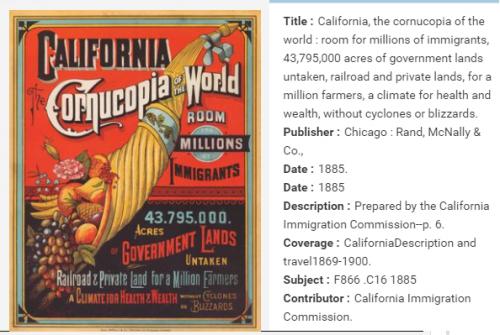 1
1 Answer: B. the uncontrollable power of nature.
In this passage, we can see how powerful the colossal Moby-Dick is, and how frail and insignificant humans appear to be by comparison. When Ahab wants to fight with the whale, he is completely helpless and is easily defeated and injured. The power of the whale is a symbol that represents the incontrollable power of nature.

The correct answer is: simile
Through this text, we can see that the phrase "It is as if a great earthen pot has dropped from an unreachable rafter'' represents a comparison with the doubts that the narrator presents. This comparison is made through two elements that have nothing in common, but that the author uses to create a new meaning about one of them. This is done through simile.
neither black nor white but they were called Colored people
Answer:
Please, see below:Step-by-step explanation:
Thoreau states, “… When an acorn and a chestnut fall side by side… bothobey their own laws…” (3). This can be interpreted as success being obtainable withoutthe assistance of another. The acorn and the chestnut are two individuals that are uniquein their own way yet had the same result. The same goes for people; for those reachingthe same goal as another, it is much better to do it under your qualities and your own way.The purpose of this passage was for Thoreau to inform his audience on his viewson the government and its negative affects on civilization. With its restrictions, peoplecannot fully live up to their potential because the bureaucracy will always limit them.Thoreau wants his audience to become successful in their own manor and uses theserhetorical devices to sync with his readers
 1
1 Answer:
According to the students learn in different ways such example as games, animations, family, and the school etc.Step-by-step explanation:
The term student refers to learn the knowledge and the development of the body. They also the gain the experience. The students are the learn as the under the guidance of the teacher. The teacher is the teach to the students. The student is the learn on the different ways to the consumption of the different knowledge.
According to the student are the learn on the different ways are;
Animation video to the easily describe the concept and the remember to the easy in the task.
Games are the learn to mistakes not to repeated.
Family are the firstly teach to the student.
School are the teacher to the guide in the career.
As a result, the student is the learn on the different in the way.
Answer:
In lines 578-579, Mrs. Keeney tells her husband why she wanted to sail with him: "I wanted to seeStep-by-step explanation:
make necessary changes as required to make the points better
 1
1 Answer:
The phrase "we'll head north again, in other words, to the land of sensible people" shows that the entire venture, planned by the Professor and the Captain was not wise. It has a critical tone.Step-by-step explanation:
The phrase above was uttered by the Canadian in the book, "Twenty Thousand Leagues Under the Seas Revised" By Jules Verne. He meant that the venture which they had undertaken was fruitless and unwise.
He criticized the journey because at that time the Nautilus was stuck in the ice and could no longer move forward.
Answer:
Answer is in an imageStep-by-step explanation:


Answer:
Aslan orders the creatures around him to prepare a feast for the children. Then he leads Peter aside and shows him Cair Paravel, a castle on a peninsula where the children will live and reign. Aslan tells Peter that he will "be the High King over all the rest." As they are talking, Peter and Aslan hear Susan's horn, which Father Christmas gave her. She is supposed to blow the horn when she is in danger, as it will bring help. The other animals begin to run to help her, but Aslan stops them and waves Peter on.Step-by-step explanation:
read the pasaage and make changes and extract valid points

It will provide an instant answer!
